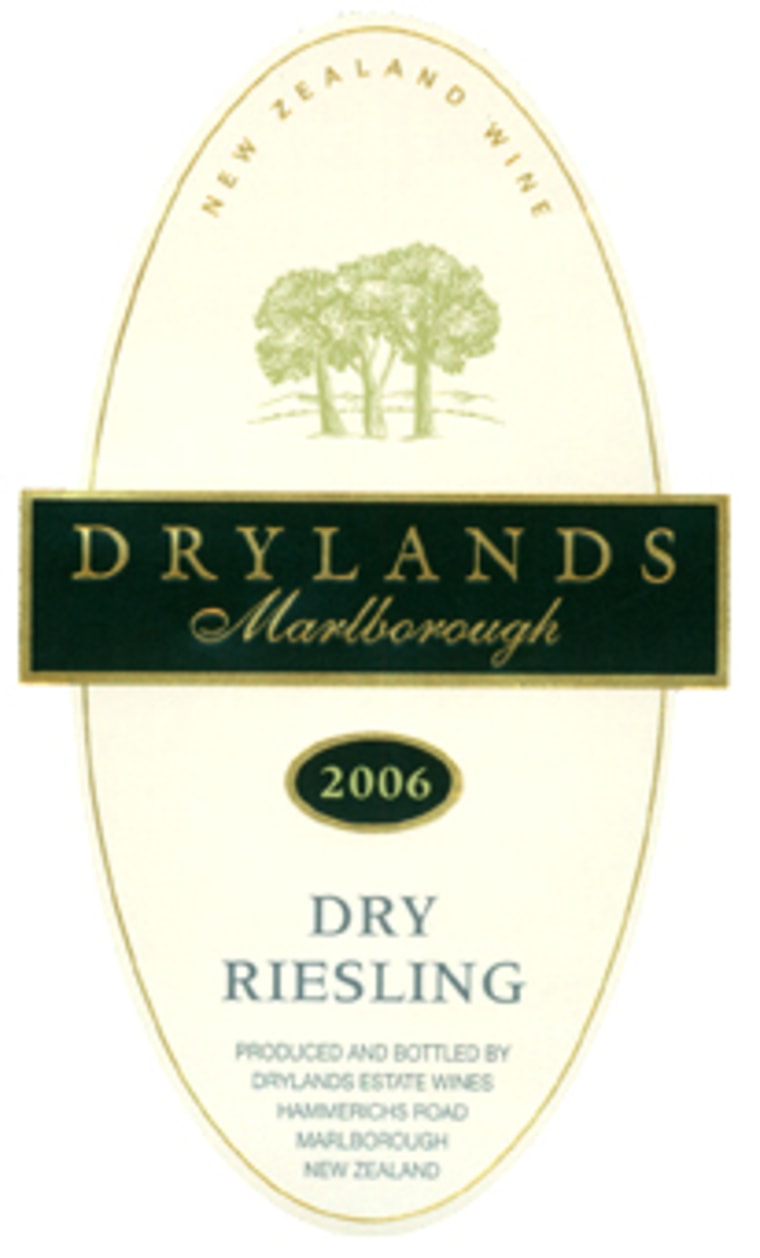It was not so long ago when I was sitting with a small group for a private tasting in a stylish New York wine store, sampling a variety of small-production reds and whites. When the riesling was poured — I forget whether it was from Germany or from Alsace in France — I was struck by the almost visceral reaction of the woman across from me. She put out her hands defensively, retreated in her seat and pursed her lips as she let out a spontaneous “eeuw.” And she hadn't even tasted it.
Such are the hurdles that the often-misunderstood riesling still faces. The wine was off-dry, meaning that it had a degree of sweetness up front but finished, on its descent in the mouth, with ample acidity that is the hallmark of great semi-sweet and sweet rieslings and rescues them from being dismissed as little more than fruit cocktails in a glass. With a little explanation and a few sips, the woman was largely won over. Few wines, it turns out, are as satisfying to taste and contemplate.

Unfortunately it was cheap, cloying riesling that informed generations of wine drinkers and turned them off even to the mention of the word. But things are changing as those who champion the grape spread the word. And now riesling, which is made in a broad variety of styles, is becoming better appreciated, whether it’s from Germany or France, California or New York’s Finger Lakes, Australia or New Zealand.
It was a wine from New Zealand, in fact, that got me thinking about all this again — the 2006 Dry Riesling from the Drylands winery in Marlborough on the South Island, which is the country’s most important wine area and, with its cool climate, is well-suited to riesling production. Notice how the Drylands label emphasizes that the wine is a “dry” riesling, just in case anyone thinks for a moment that what they’re about to buy is anything but that.
In any event, this $15 wine is a very good place to start to get a feel for this style. Packaged in a Bordeaux-style bottle (as opposed to the long, thin bottles traditionally used for riesling) and with a screw cap closure, Drylands’ riesling is also unusual in that it is from New Zealand, where sauvignon blanc is the flagship white wine.
The overall impression is crisp, with pleasing tropical fruit aromas and notes of pear, peach, strawberry and vanilla in the mouth. Bright acidity makes it a refreshing match for fish and shellfish, chicken dishes, cheeses and for sipping as an aperitif.
Riesling is still a minor player in New Zealand, accounting for just four percent of the vineyards (sauvignon blanc, by contrast, has a 34 percent share, followed by pinot noir at 18 percent). But riesling plantings have tripled in the last decade, and Drylands’ 2006 Dry Riesling shows why the grape deserves even more attention in New Zealand, and from wine drinkers who might have been hesitant to take the riesling plunge.
Edward Deitch's wine column appears Wednesdays. He welcomes comments from readers. Write to him at